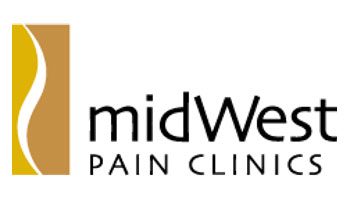Joint pain may range from a mild ache to a severe, burning or sharp sensation in one or several joints. In some instances, joint pain is associated with other symptoms.
According to Healthline, joints are the parts of your body where your bones meet. Joints allow the bones of your skeleton to move. Joints include:
- shoulders
- hips
- elbows
- knees
Joint pain refers to discomfort, aches, and soreness in any of the body’s joints. Joint pain is a common complaint. It doesn’t typically require a hospital visit. Sometimes, joint pain is the result of an illness or injury. Arthritis is also a common cause of joint pain. However, it can also be due to other conditions or factors.
The two main forms of arthritis are osteoarthritis (OA) and rheumatoid arthritis (RA).
Osteoarthritis is most common in adults over age 40. It progresses slowly and tends to affect commonly used joints like the:
- wrists
- hands
- hips
- knees
Joint pain due to OA results from a breakdown of the cartilage that serves as a cushion and shock absorber for the joints.
The second form of arthritis is Rheumatoid arthritis. According to the Arthritis Foundation, RA affects about 1.5 million Americans. It more commonly affects women than men. It can deform and weaken the joints over time. RA causes pain, inflammation, and fluid buildup in the joints as the body’s immune system attacks the membrane that lines the joints.
Symptoms
In some cases, your joint pain will make you see a doctor. You should most likely make an appointment if you don’t know the cause of your joint pain and are experiencing other unexplained symptoms.
You should see a doctor if:
- the area around the joint is swollen, red, tender, or warm to the touch
- the pain persists for three days or more
- you have a fever but no other signs of the flu
Go to the emergency room if you’re experiencing:
- You’ve experienced a serious injury.
- The joint appears deformed.
- Swelling of the joint occurs suddenly.
- The joint is completely immobile.
- You have severe joint pain.
Treatment
Home treatment
Doctors consider both OA and RA to be chronic conditions. There’s no treatment currently available that will completely eliminate the joint pain associated with arthritis or keep it from returning. However, there are ways to manage the pain:
- It may help to use topical pain relievers or take nonsteroidal anti-inflammatory drugs to reduce pain, swelling, and inflammation.
- Stay active physically and follow a fitness program focusing on mild exercise.
- Make sure to stretch before exercising to maintain a good range of motion in your joints.
- Keep your body weight within a healthy range. This will decrease stress on the joints.
- If your pain isn’t due to arthritis, you can try taking a nonprescription, anti-inflammatory drug, get a massage, take a warm bath, stretch frequently, and get enough rest.
Medical treatment
Your treatment options will depend on the cause of the pain. In some cases, your doctor will need to draw out accumulated fluid in the joint area to test for infection or other causes of the joint pain. They might also recommend surgery to replace the joint.
Other non-surgical treatment methods could include lifestyle changes or medications that can potentially cause your RA to go into remission. In the case of RA, your doctor will first address inflammation. Once the RA goes into remission, your medical treatment will focus on keeping a tight rein on your condition so that you avoid flare-ups.
Pain is your body telling you there is something amiss. The good news is that with a proper diagnosis of the cause of your joint pain, you and your doctor can address and tackle the root problem so you can feel and live your best.
Do you want to visit our pain clinic ? Make an appointment today! (402) 391-7246.

